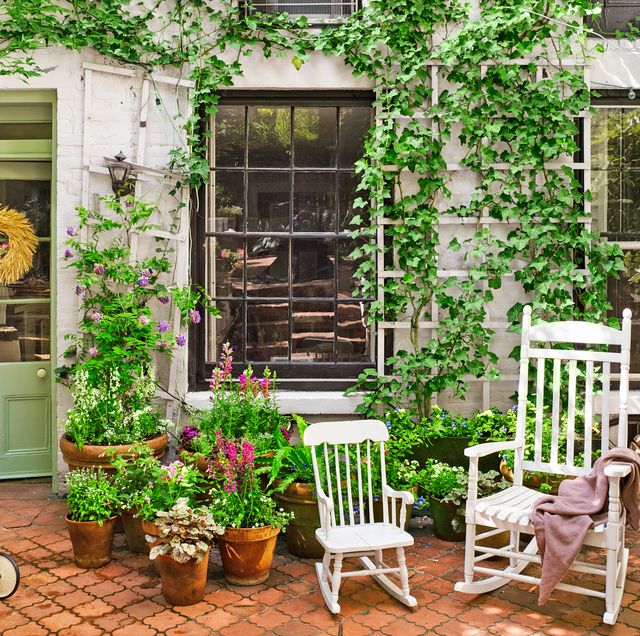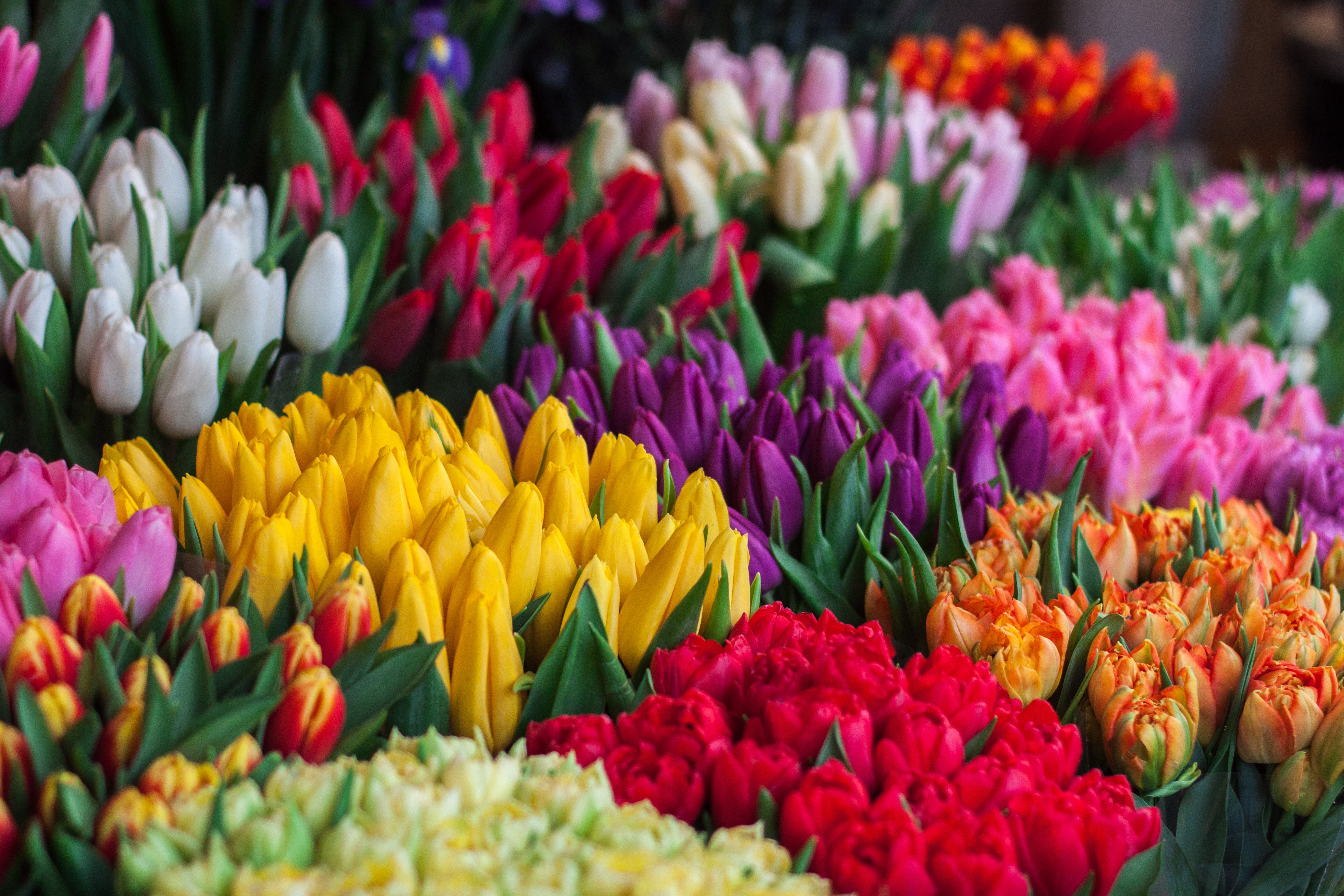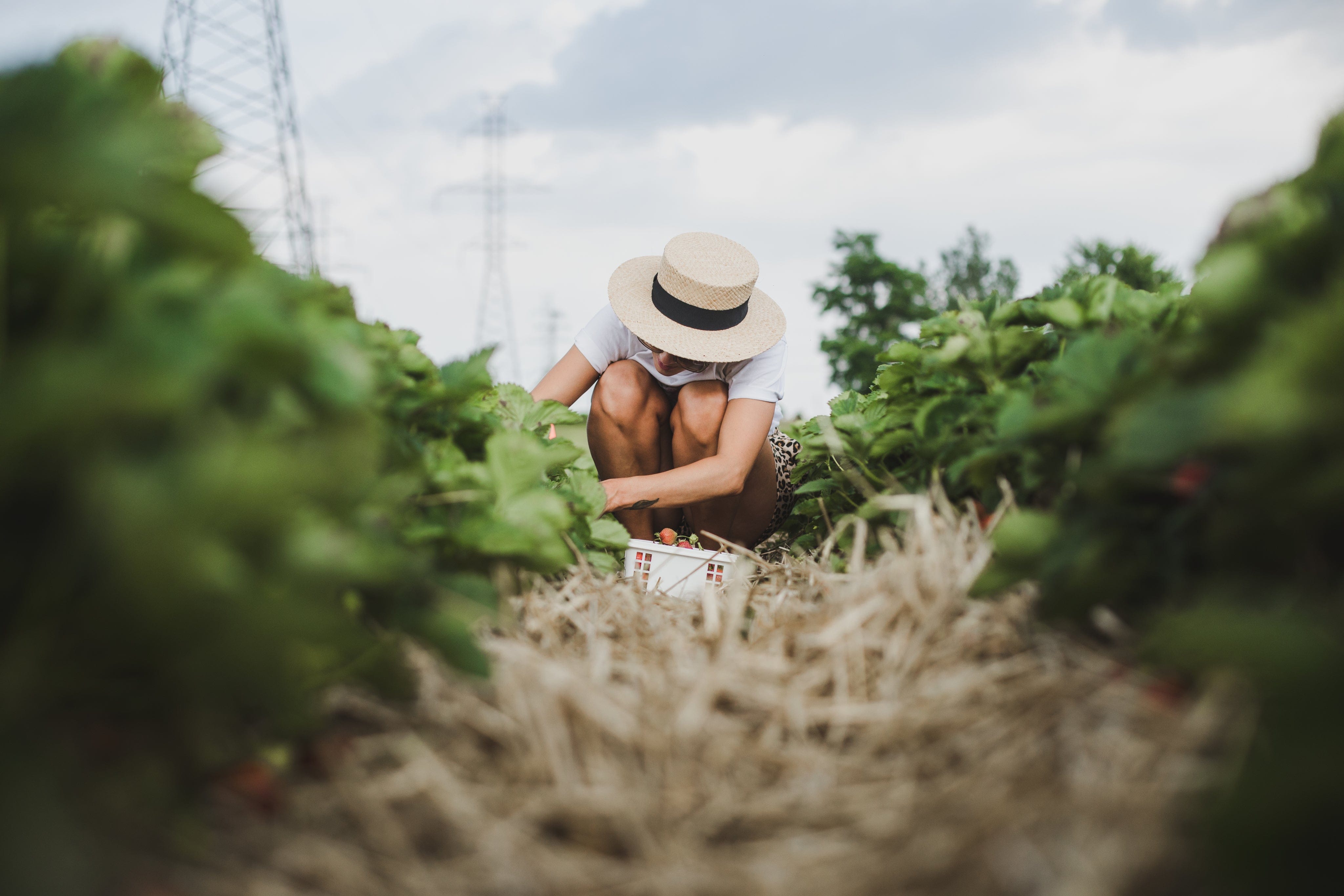
How to make a small garden look bigger
There are so many, relatively easy ways to “expand” a space!
The belief that a small space cannot be a useful space is outdated and with the right techniques you can make the smallest area look and feel bigger. The same applies to gardens, learn to work with what you got.
With the world changing and many people working or spending more time at home, the need to create a happy space is even greater.
Even the smallest of outdoor areas can be made to seem bigger with some easy tips and tricks.
If your outdoor area is limited to a balcony or patio only, it may feel as though your dream garden is not reachable but there is always a way. Read more about planting up your patio or balcony.

Below are some creative ideas to try help give the illusion that your garden seems bigger than it really is.
1. Plan:

First and most important step is to plan. If you just start doing, things may not fall into place leading to time and money being wasted.
Treat this as a project, with that thought you must keep in mind that the most crucial part in making any project a success, is the planning phase.
Get advice or hire help, write down your ideas and schedule the garden phases.
With proper planning, the execution of your little garden should run smoothly.
2. Add mirrors:

A simple and clever trick when trying to make any space bigger is using mirrors.
Reflection helps create an illusion that there is more space and this applies to a garden too.
There are a range of design ideas, but consider either a large feature mirror or mirrors lined up against the wall or boundary of your garden, this is then “doubling” the space.
3. Go up:

Incorporate vertical planting into your garden. This not only creates more ground space for furniture and plants but it also eliminates the need for a wall or fence, quite literally giving meaning to the figurative term ‘taking the edge off’. It is the best of both worlds, giving you the boundary you need and a variety of plants all in one space.
Horizontally you may be limited but vertically the growth is almost endless.
There is a vast range of vertical planting to choose from.
- You can use climbers along a wall or fence, let the plant do the covering.
- You could plant tall plants along side each other.
- You can try hanging plants and utilise different arrangements, placed on different levels which will create depth and contrast.
- You can even go bigger and better by planting a living wall, even choosing to make this the focal point of your garden.
3. Ban the bushes:

As lovely as bushes and shrubs can look, they take up unnecessary space. If you working with a small garden rather replace shrubs with grass, colourful pot plants or a living wall.
Extra tip: Use big planters, this may sound contradictory however having a large amount of planters is actually more space consuming then having large planters that can fit a lot more plants in them.
4. Create zones:

Just as a house has rooms, a garden can too, simply by creating distinctive zones, by doing this you making your garden space organised and therefore reducing the clutter. It gives your garden a desirable appeal and a more spacious feel.
Separate the different uses of an outdoor space.
- Have furniture and seating in one area, possibly with your braai nearby.
- Have your pot plants or herb planters set out in a corner or along parts of the boundary
- Create pathways to differentiate between the different zones
5. Put in pathways:

Speaking of pathways, these are not only useful for differentiating zones or getting from A to B, they assist in making your garden feel like a journey.
Think about when you cannot see the end of a road and where it leads, your mind automatically tells you its then far away. As explained by Justine Hand, writer for Gardenista, “anything that draws your eye through a space helps create the illusion of more of it.”
6. Think about your furniture:

When choosing your outdoor furniture, consider the size. Do not take up too much garden space on furniture not allowing much room for all the other attributes a garden has to offer.
Don’t allow for your furniture to be the focal point, rather highlight all the plants your garden should have.
This being said, try not to clutter your garden with plants.
When choosing the furniture, try stick to a colour scheme, too many colours can create an unorganised look which defeats the whole objective.
7. Savvy storage:

Whilst we on the topic of furniture, get creative and save space by having your seating or tables be storage too. As an example instead of just having a beautiful sensory bench, have a bench thats base is boxed in which then acts as storage.
If your garden needs more storage but space is an issue, think about building shelves onto the wall, this then can be filled with gardening accessories or even some planters.
Put in floating shelves, they not only use up no ground area but they create depth and once again the illusion of more space.
8. Transforming garden:

Make the space interchangeable. A good recommendation for this idea is a hammock. You can put it up when needed, giving you a comfortable place to relax but you can also take it down when more space is required.
Use your shelves for your tools and plants and when needed they can act as a table to place your lemonade or glass of wine as you enjoy your garden in the evening.
9. Paint behind the scenes:

Having the backdrop painted with good quality paint does not only make your garden look neat and clean, it also persuades the viewers eyes to look up which then creates the illusion that the area is bigger.
If the backdrop is behind greenery, use darker colours, as this makes for a nice contrast.
Remember to stick to a colour scheme, not too many bright colours.
Extra Tip: White paint is often used in small spaces to make them feel bigger.
10. Blue is the new orange:

Plant blue flowers in the corners or along the edges, this is believed to help the space look further away. Avoid bright orange, red or yellow flowers at the end of your garden, this can make the space between seem narrower.
11. Create curves:

Be brave and steer away from straight lines by creating curved garden ideas such as arched or levelled hedges, shrubs pruned into different curved shapes or plant beds designed around corners or twisted pathways
12. Don’t cut corners:

A lot of space can be wasted when you filling your garden and more often than not, corners are left completely empty.
Try filling your corners with containers or garden figures. You may even be lucky enough to find a water feature that fits perfectly in the corner.
By moving your planters to the open corners, you not only covering up the emptiness but opening up more room for you and your guests to enjoy.
13. Let the inside lead you out:

By merging your inside area onto your patio, you create the feel of bigger spaces. A good way of doing this is having minimal wall between the inside room that leads to the garden, replace this with large floor to ceiling windows or doors.
As seen from the above, any space can be a useful one and even though you may be limited in size, your ideas never have to be.
Creating your dream garden can become an expensive job, if you desire a cost effective garden, read how on our budget friendly gardening blog.

Whether your goal is to produce a sensory garden, a sustainable vegetable supply or just an outdoor entertainment area, there is always opportunity even with the smallest spaces.
You are now in the perfect place to start, think big and work small.
Read more into making a small space seem bigger:




2 comments
Shop for succulent
Emms
Your website is neat and lovely
Path Healer
Leave a comment
This site is protected by hCaptcha and the hCaptcha Privacy Policy and Terms of Service apply.